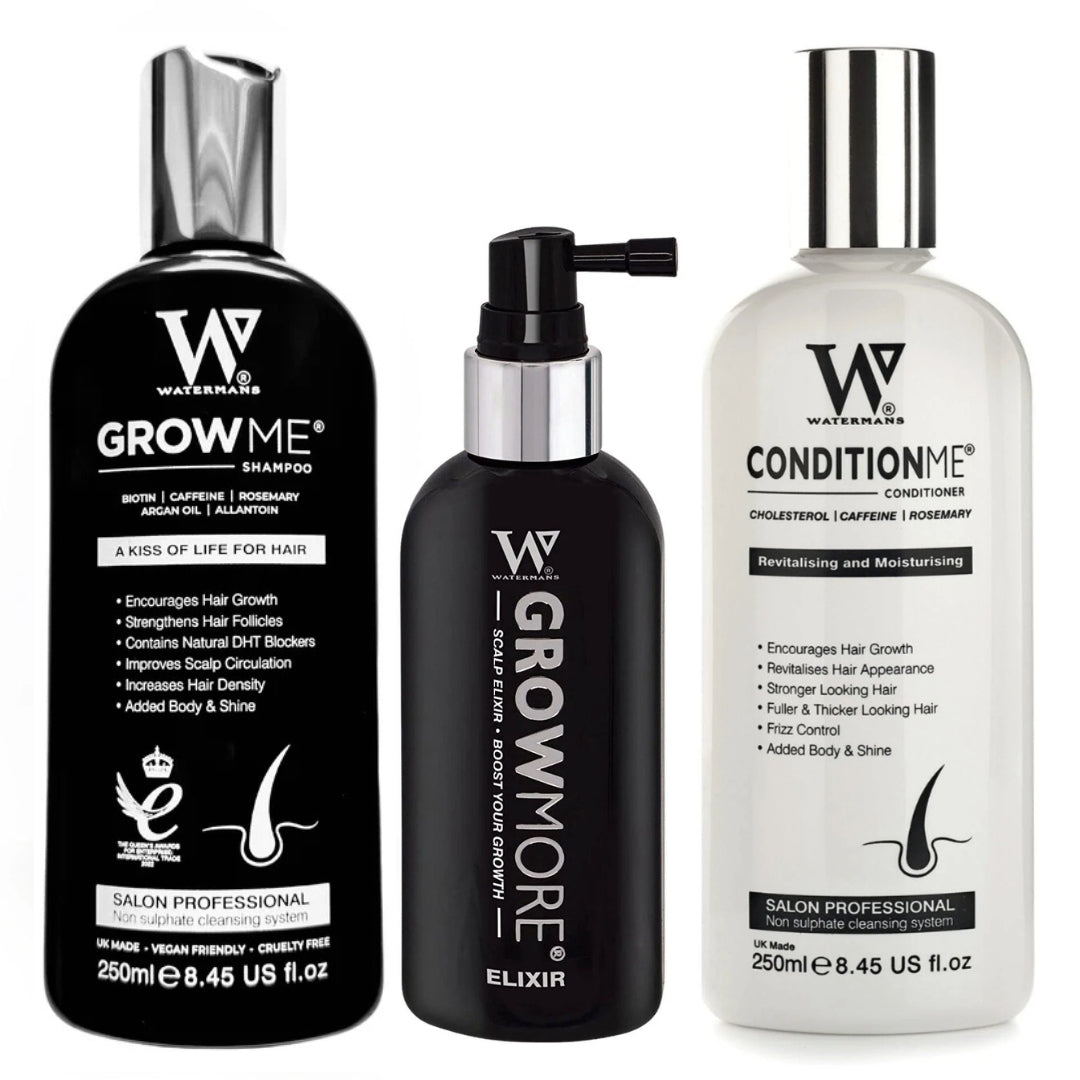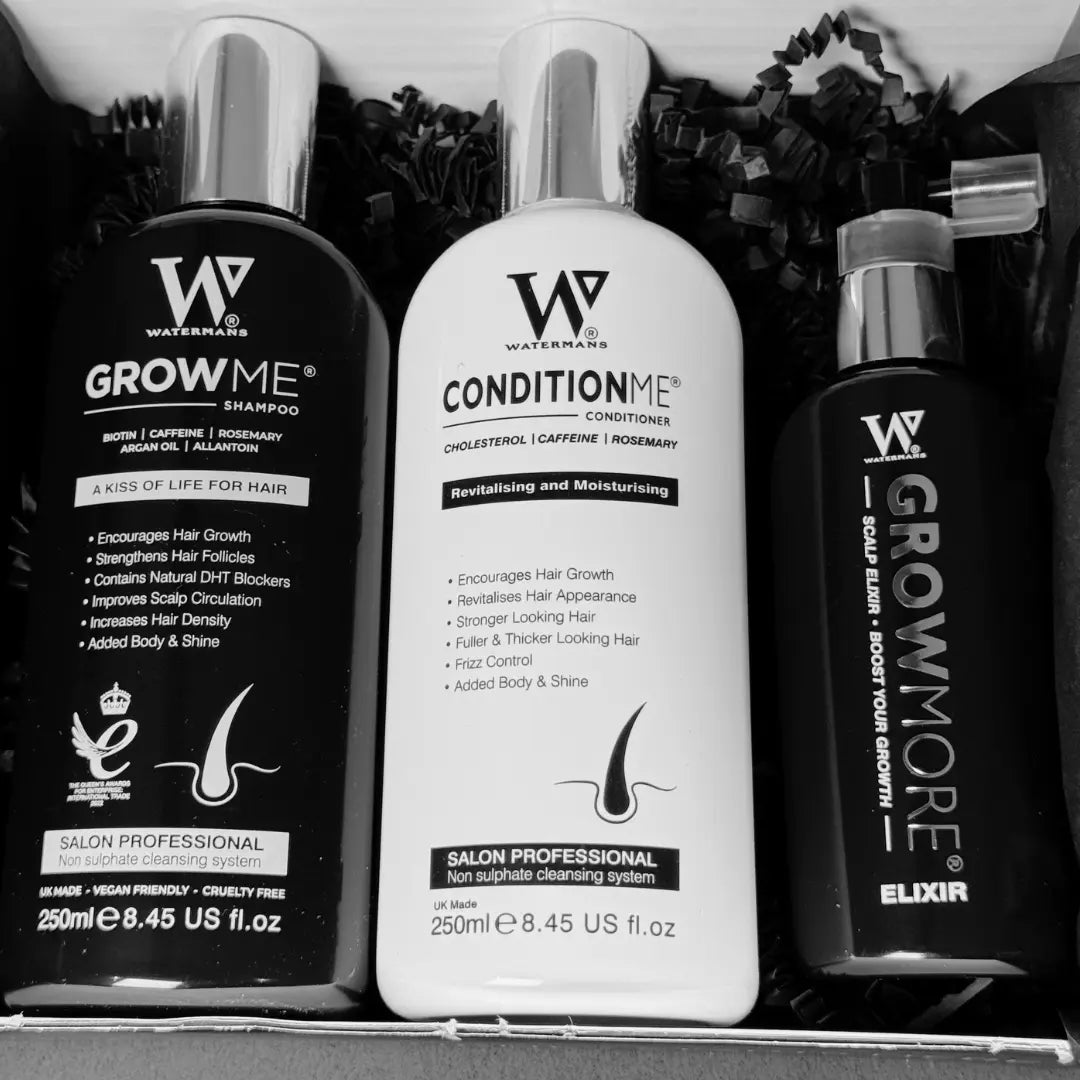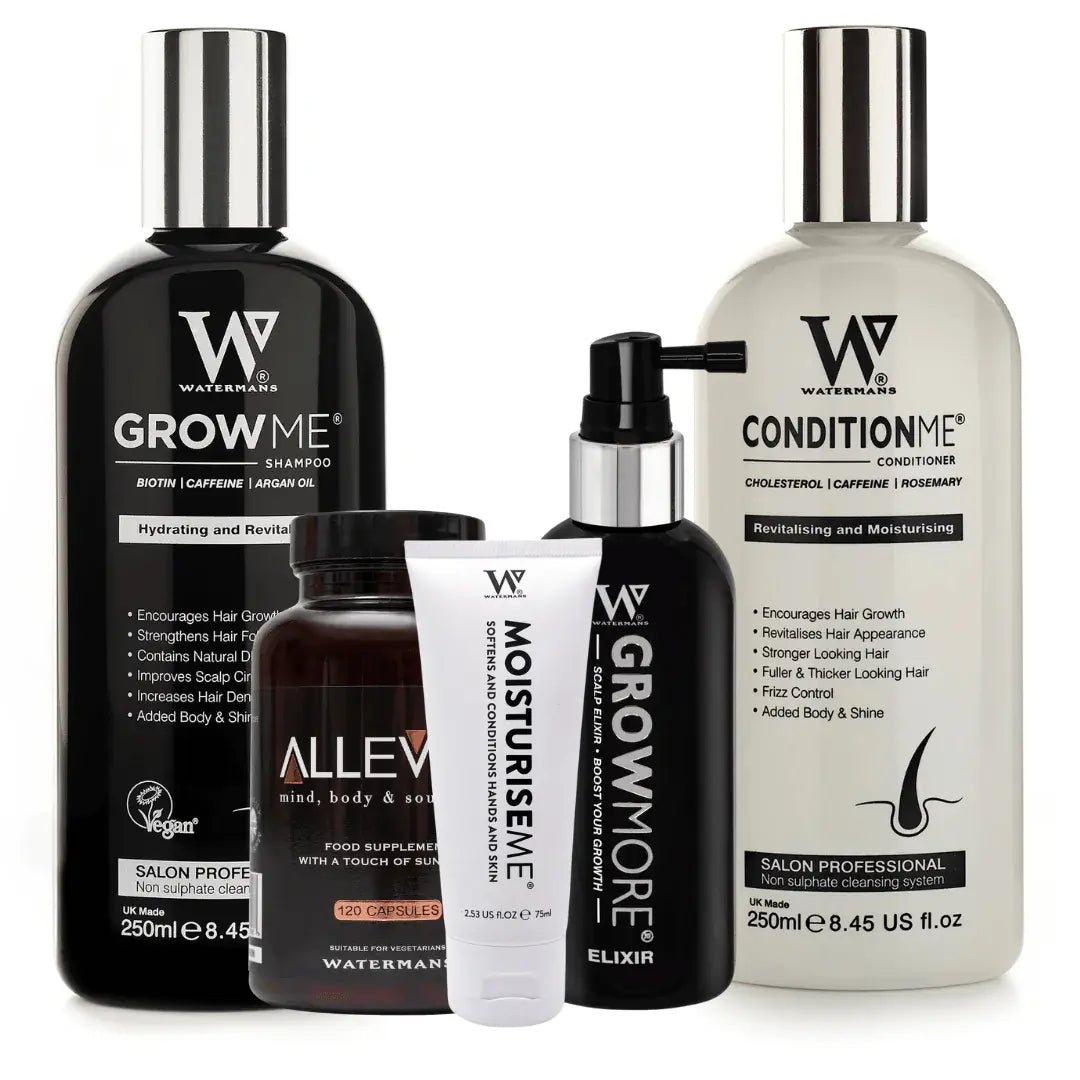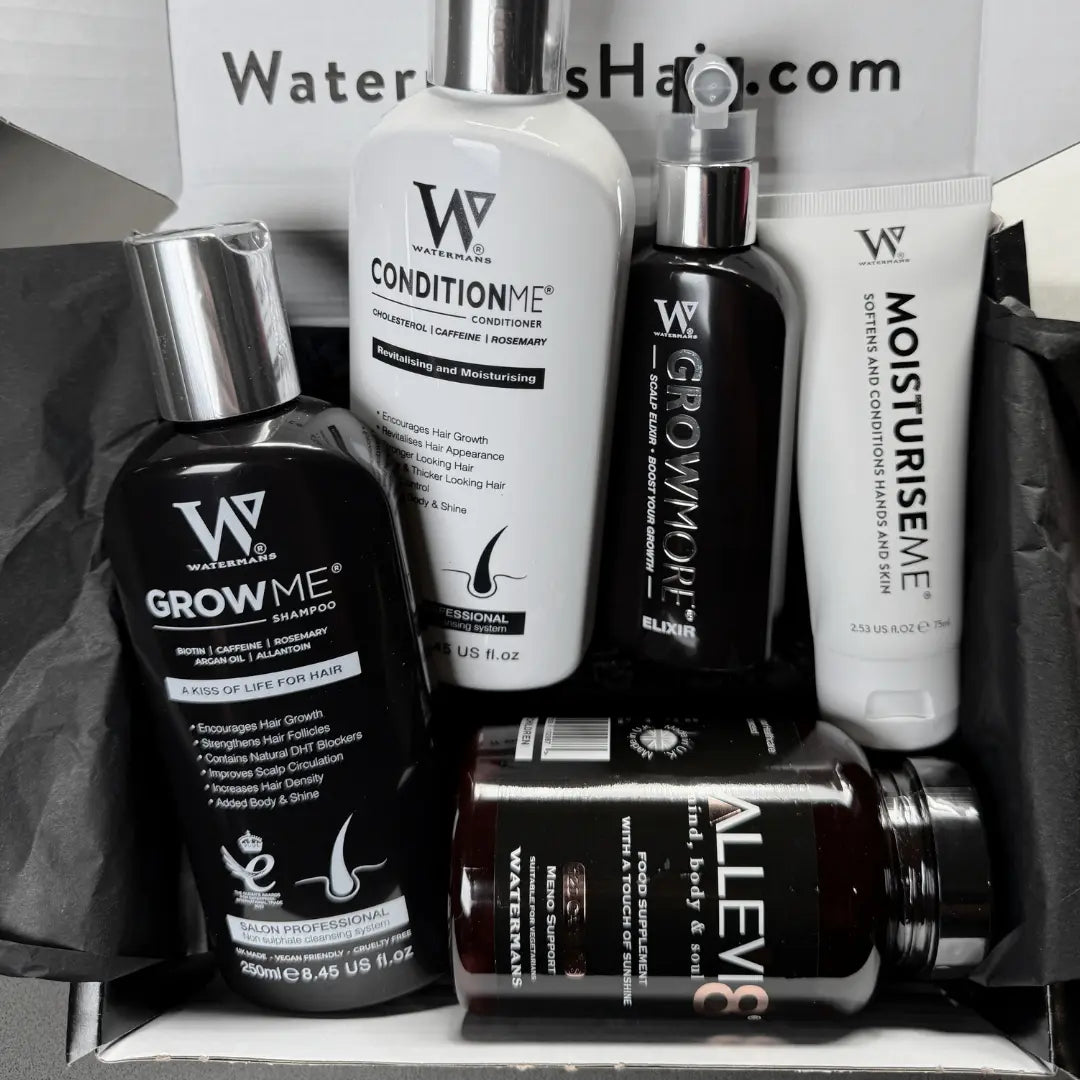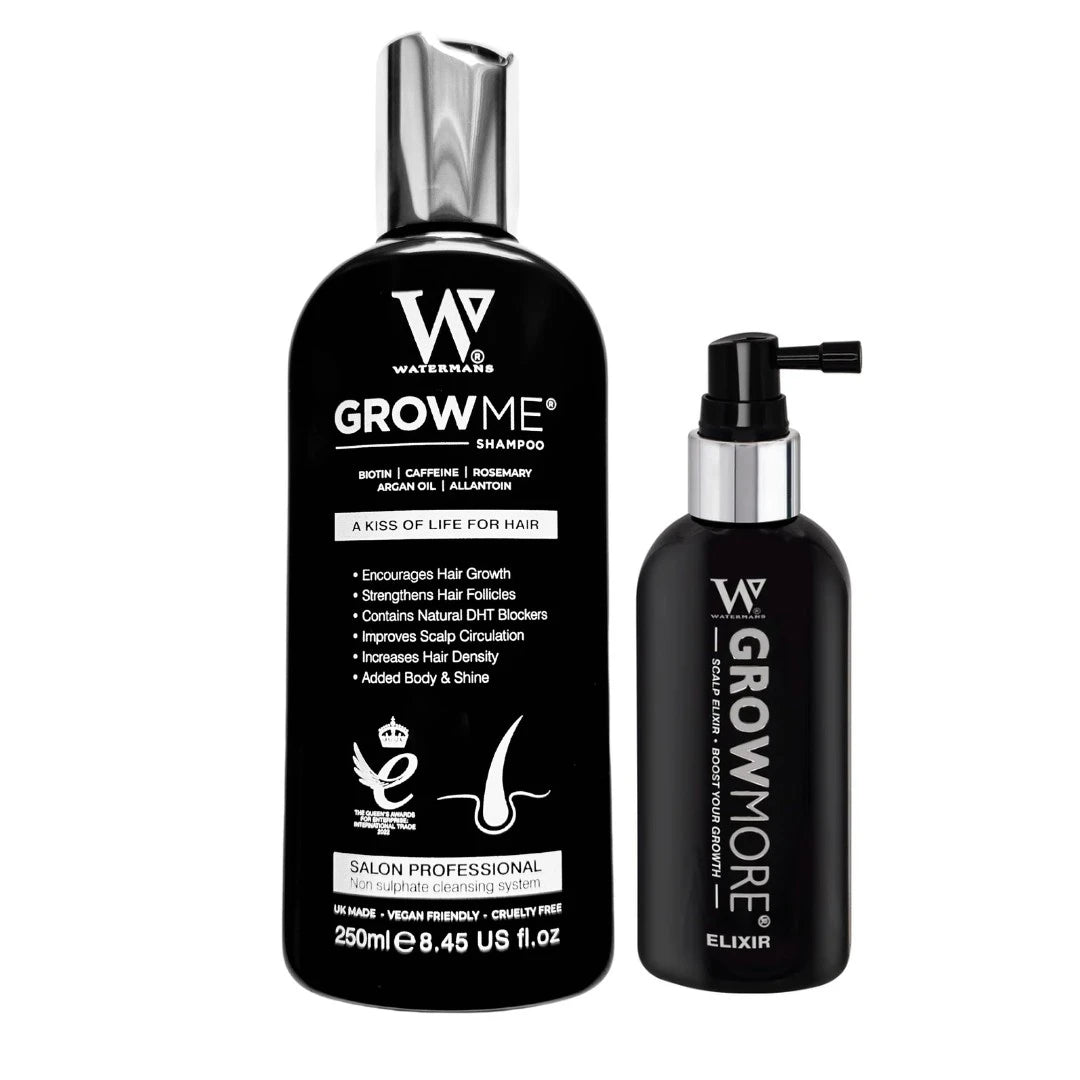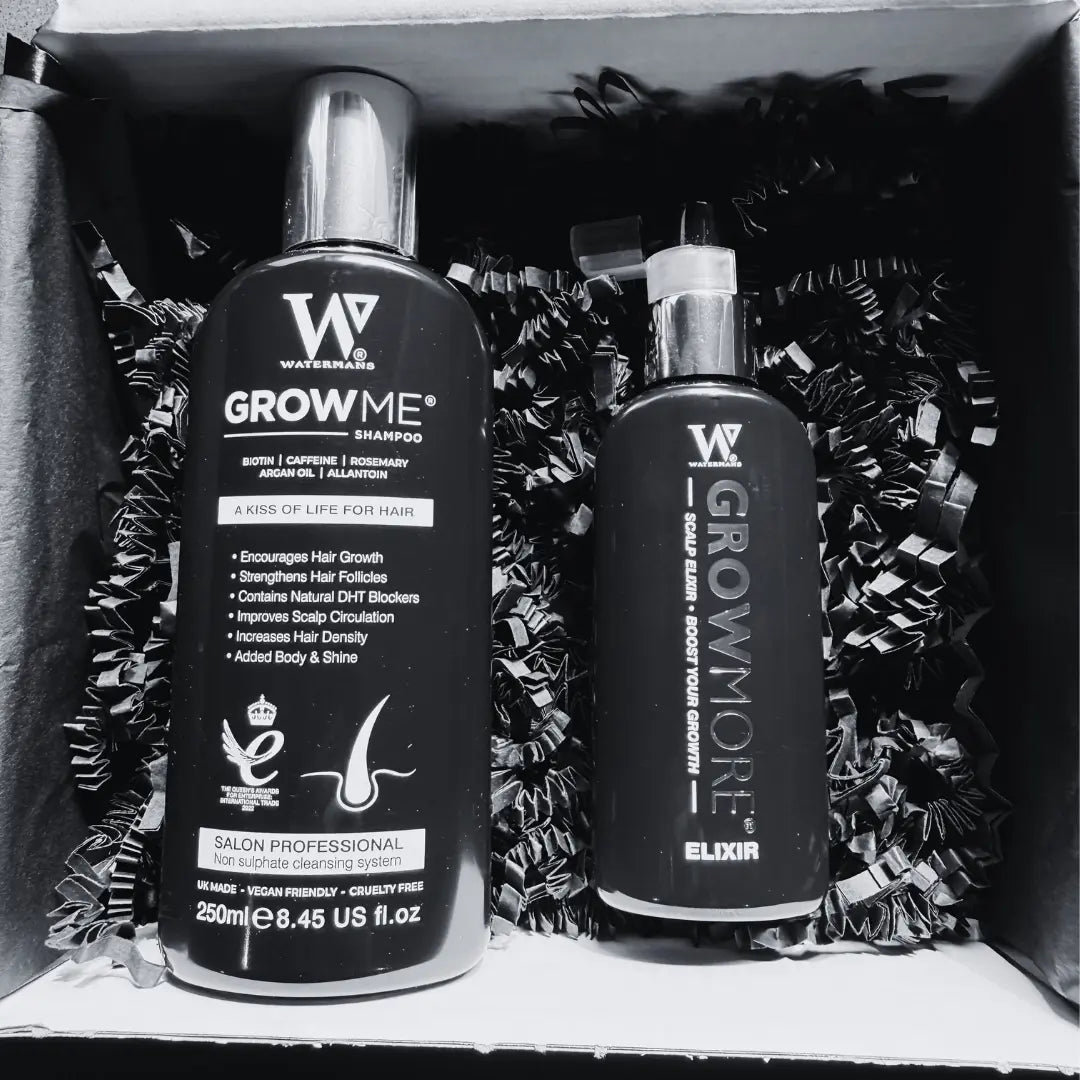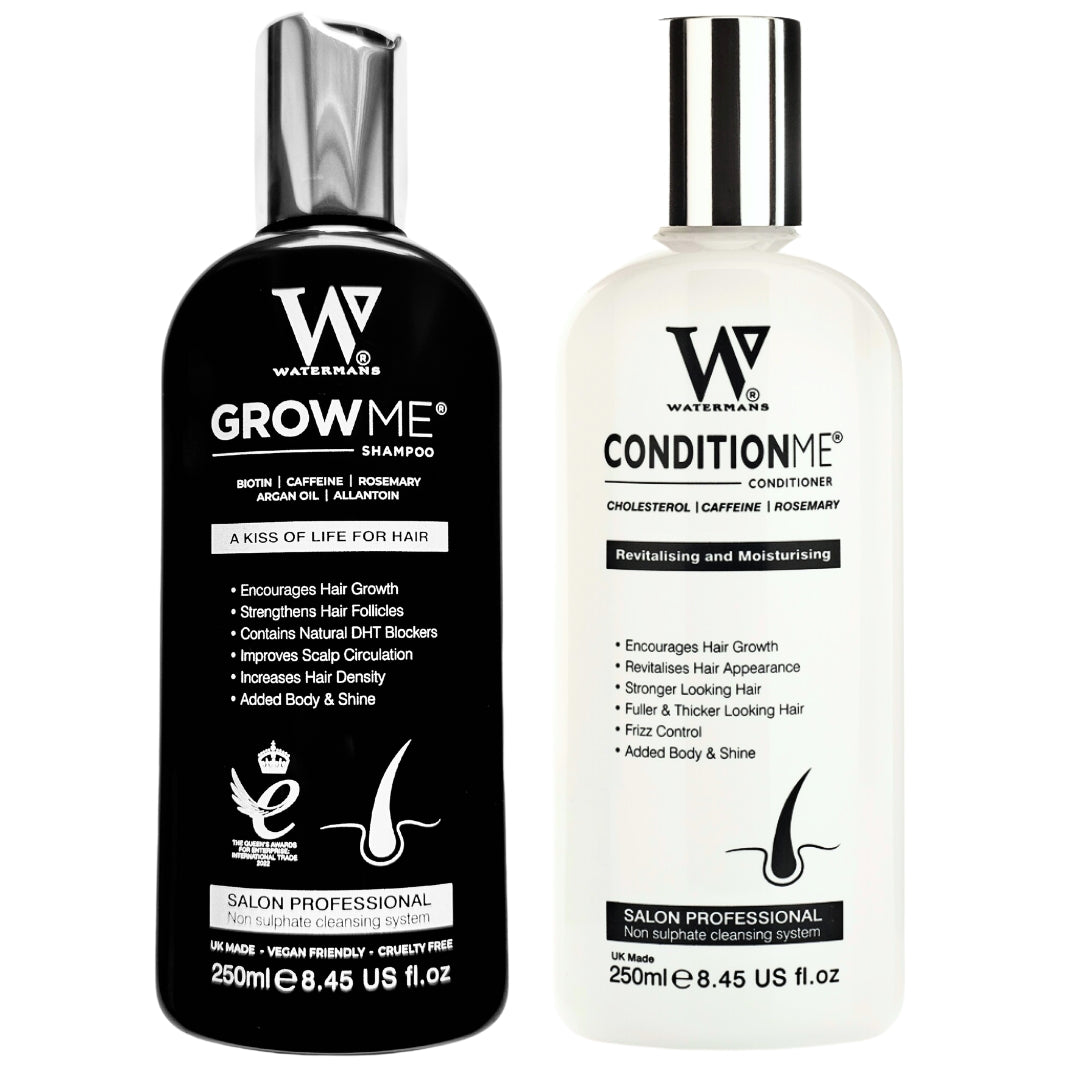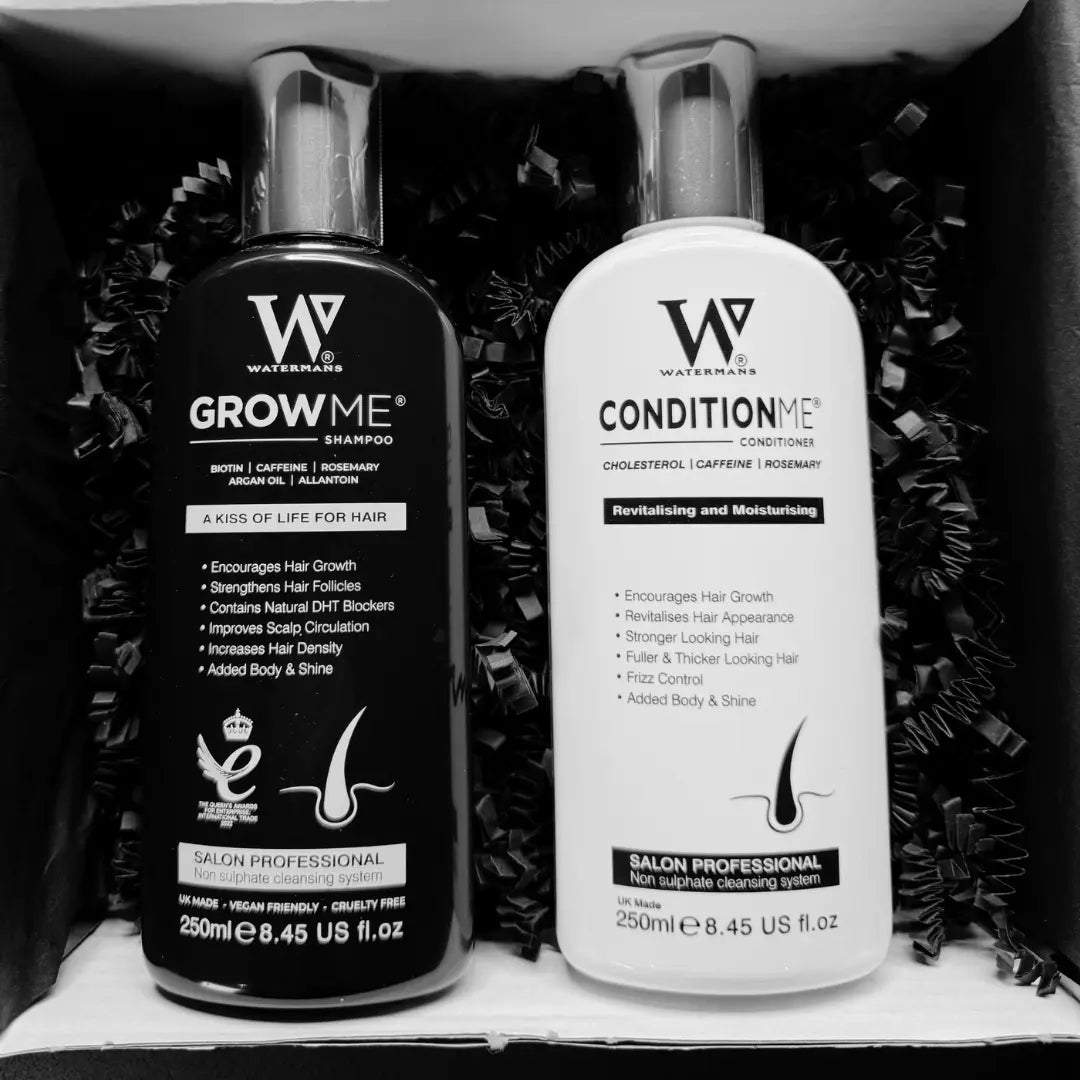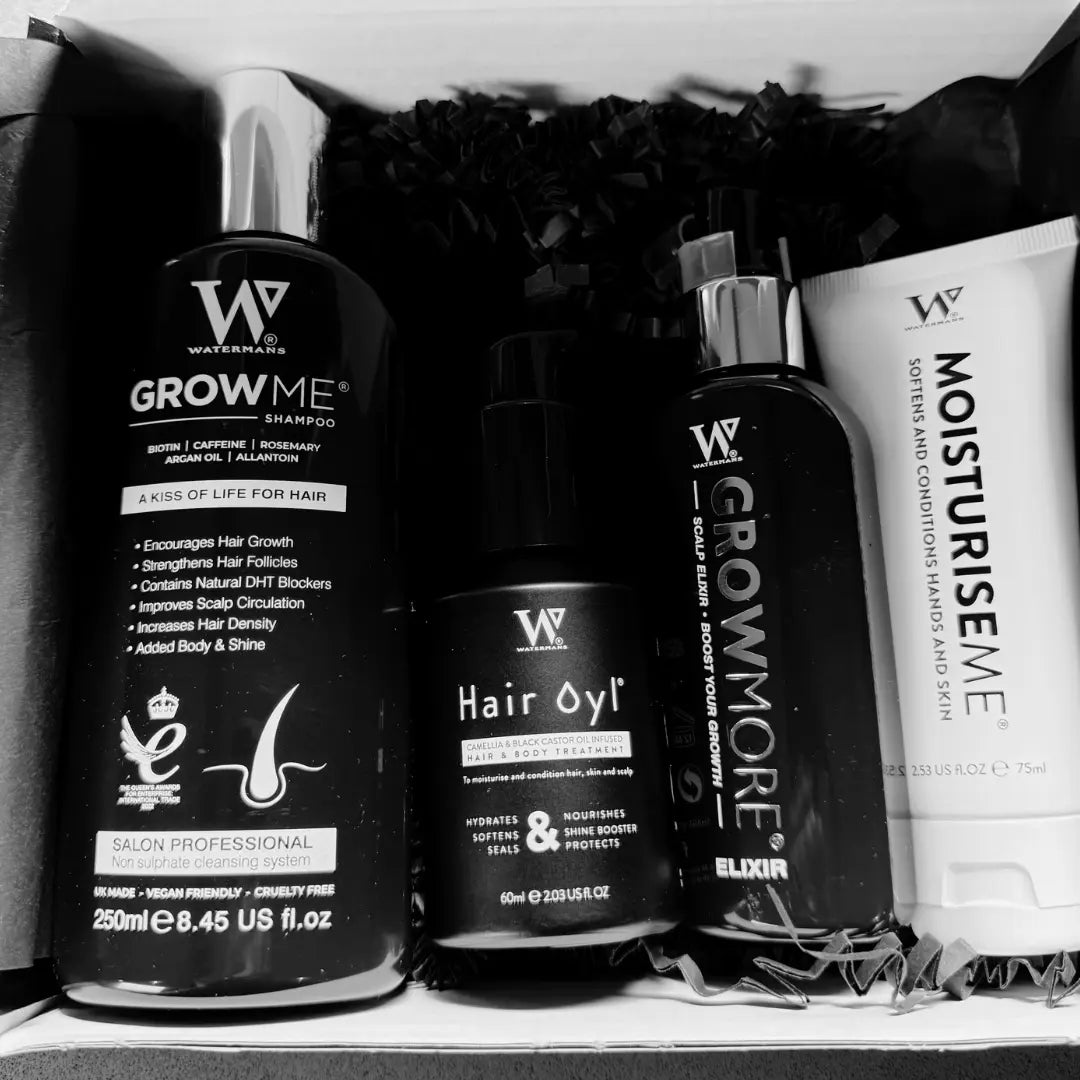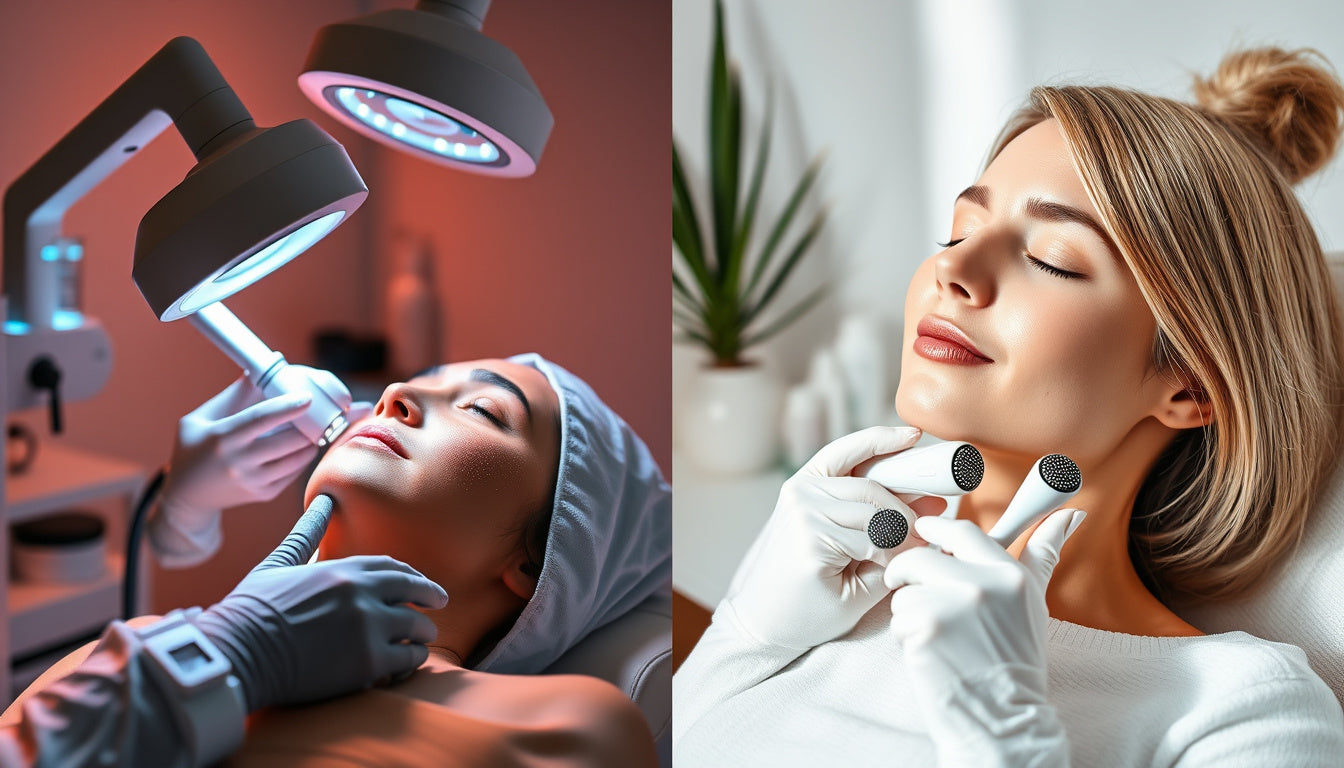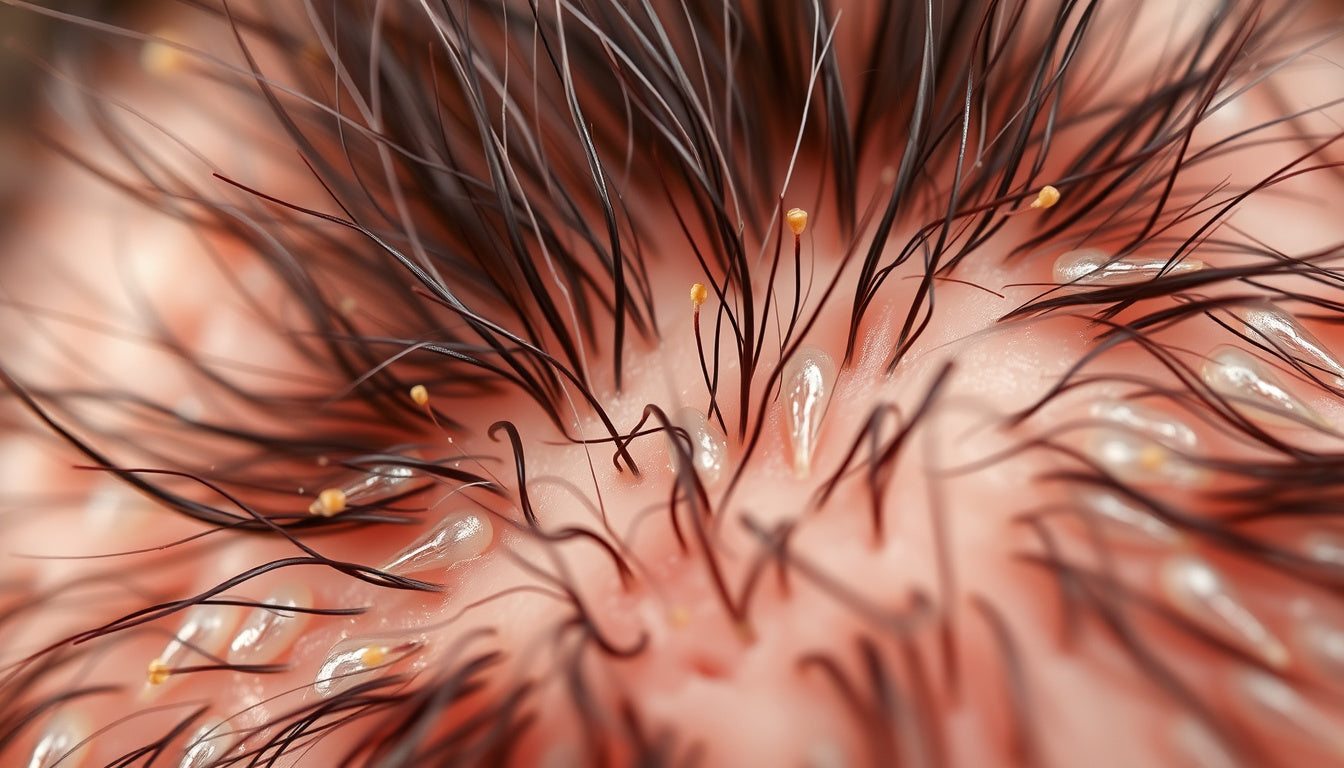
Unlocking the Secrets of a Microscopic Healthy Scalp: Your Guide to Thriving Hair and Scalp Wellness
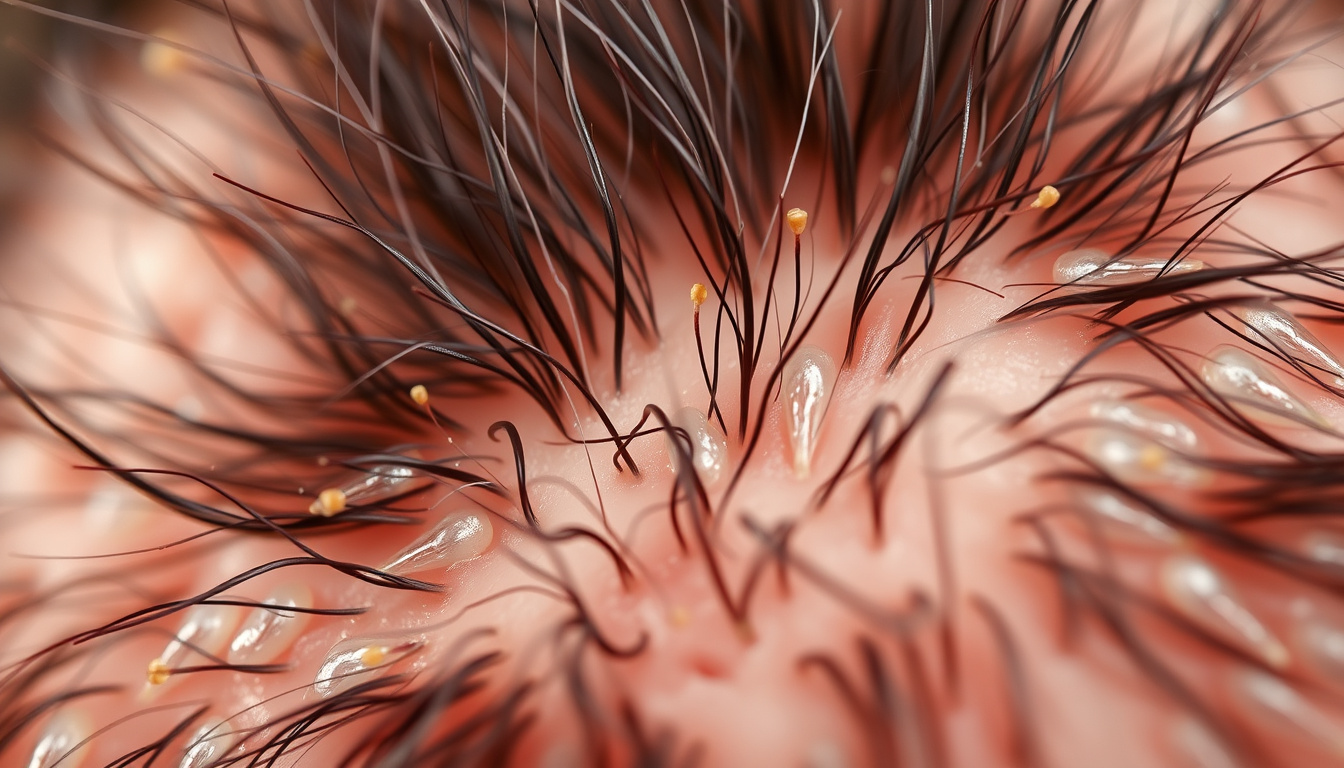
A healthy scalp forms the base for beautiful hair. The scalp holds small parts that work together. If you care for these parts, your hair will grow strong and full. This guide shows the tiny details of the scalp. It talks about its body, its work, and tips to keep it well. If you wish to boost scalp health and hair growth, try Watermans Grow Me Shampoo. Its natural parts help the scalp and aid hair growth.
Understanding the Microscopic Anatomy of the Scalp
The scalp is more than just skin. It is a home for many small parts. Together, they keep the scalp alive.
1. Epidermis
The epidermis sits on top. It guards the scalp and keeps bad things away. It holds keratin cells that make keratin, a protein for hair. In a well-cared-for scalp, the epidermis stays moist and strong.
2. Dermis
Below the epidermis, the dermis lives. It holds hair roots, oil glands, and blood paths. Hair roots live here. They take food from blood paths. Oil glands make sebum, which feeds the scalp and hair.
3. Subcutaneous Layer
The deepest layer is rich in fat. The fat gives a soft cushion and holds the hair roots in place.
How a Healthy Scalp Affects Hair Growth
Scalp Health and Hair Growth Cycle
Hair grows in steps. First, there is a fast growth phase. Then, a short change phase. Finally, a resting phase comes. A well-cared-for scalp can help the fast phase last longer. Good blood flow, clean skin, and moisture all aid this growth.
Microbiome of the Scalp
Many tiny bugs live on the scalp. Bacteria and fungi make up this group. They keep the scalp balanced. When the balance shifts, you may see flakes or lost hair.
Best Practices for Maintaining a Microscopic Healthy Scalp
To keep the scalp well, care is needed. Use these tips:
1. Cleanse Regularly
Wash the scalp with care. A gentle shampoo like Watermans Grow Me Shampoo removes dirt and oil. It cleans without taking away needed moisture.
2. Exfoliate
Scrub the scalp lightly to lift dead skin cells. A soft scrub or mild shampoo works best. A gentle massage wakes up blood flow.
3. Use Natural Ingredients
Nature gives us good elements for the scalp:
- Biotin: Helps make hair strong.
- Rosemary: Boosts blood flow to hair roots.
- Caffeine: Stirs up hair roots’ energy.
- Allantoin: Calms and defends the scalp.
- Argan Oil: Keeps the scalp and hair moist.
These key parts are in Watermans Grow Me Shampoo. It is a fine choice for a well-cared-for scalp.
4. Keep the Scalp Moisturized
Moisture is the friend of a good scalp. Oil from the scalp helps keep it soft. Weather can take moisture away. A few drops of argan or jojoba oil can help.
5. Protect from Sun Exposure
Sun strong rays can hurt the scalp. They can cause burns or dryness. Wear hats and use sun shields when you go out.
6. Manage Stress
Stress touches many parts of the body. It can also harm the scalp, leading to loose hair. Rest with simple exercises, quiet time, or hobbies to lower stress.
7. Diet and Hydration
What you eat builds a good scalp. Food high in omega-3s, vitamin E, and zinc helps hair grow. Drinking enough water also keeps your scalp in good shape.
Common Scalp Issues and Their Solutions
Dandruff
Dandruff shows as small flakes. It can come from skin changes or product use. A mild, scrubbing shampoo can lift dead skin and bring back moisture.
Scalp Psoriasis
Psoriasis on the scalp makes red, flaky spots. It comes from the immune system. Special treatments often help. Still, a balanced, moist scalp with the right products may ease it.
Seborrheic Dermatitis
This problem brings red skin and oily flakes. Doctors may suggest anti-fungal shampoos to help.
Hair Loss
Hair loss has many causes, like genes, stress, or shifts in body balance. Using products like Watermans Grow Me Shampoo can support the scalp and wake up hair roots again.
Did You Know?
- The Human Scalp Contains Around 100,000 Hair Follicles: Each follicle may grow many hair threads over time.
- Your Scalp Makes Natural Oils: These oils hold in moisture and help protect the hair.
- Good Scalp Care Aids in Less Hair Loss: A clean and fed scalp helps hair grow strong.
- A Balanced Microbiome Can Help with Flakes: Maintaining the right mix of tiny bugs can cut down on dandruff.
FAQs on Microscopic Healthy Scalp
Q1: Can I use water alone to clean my scalp?
A: Water cleans a bit, but it may not remove all dirt or oil. A gentle shampoo made for the scalp sorts better.
Q2: How often should I scrub my scalp?
A: It depends on your scalp. Once a week works for many people. This removes dead skin and clears the way for new growth.
Q3: Are there diets that help the scalp?
A: Yes! Eat foods with omega-3s from fish and nuts, vitamins from fruits and vegetables, and drink lots of water.
Q4: Can stress change my scalp?
A: Yes. Stress can lead to oil changes and hair loss on the scalp.
Q5: What should I do if my scalp feels too sensitive?
A: Pick products that are gentle. If pain stays, ask a skin expert.
Q6: Do all shampoos suit every scalp type?
A: No. Every scalp is different. Pick shampoo based on a dry, oily, or sensitive scalp.
Q7: Can hair products mess up scalp health?
A: Yes. Some products have strong chemicals that can upset the scalp. Choose mild, natural formulas.
Q8: Should I put conditioner on my scalp?
A: Generally, you put conditioner on hair ends. If your scalp is dry, use a light formula that will not block pores.
Q9: What marks a scalp that needs care?
A: Watch for itch, flakes, too much oil, hair loss, red spots, or swelling.
Q10: Can I make my own scalp treatments?
A: Yes, many home parts like tea tree oil, honey, and aloe vera may help. Do a small test first and ask a doctor if unsure.
Taking care of your scalp leads to hair you love. Keep up with these care routines, watch your stress, and use products like Watermans Grow Me Shampoo. Your hair journey starts with a healthy scalp.


